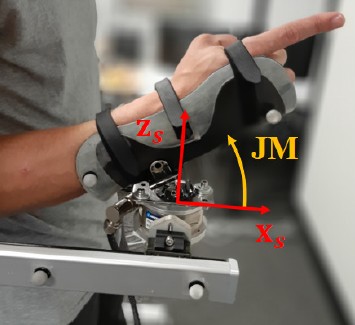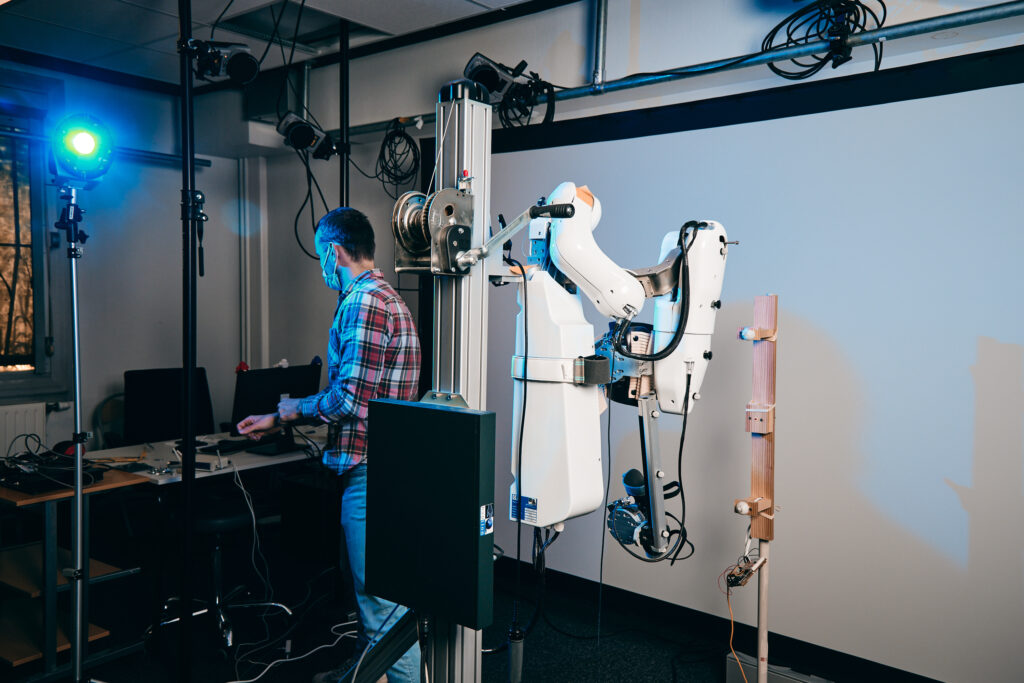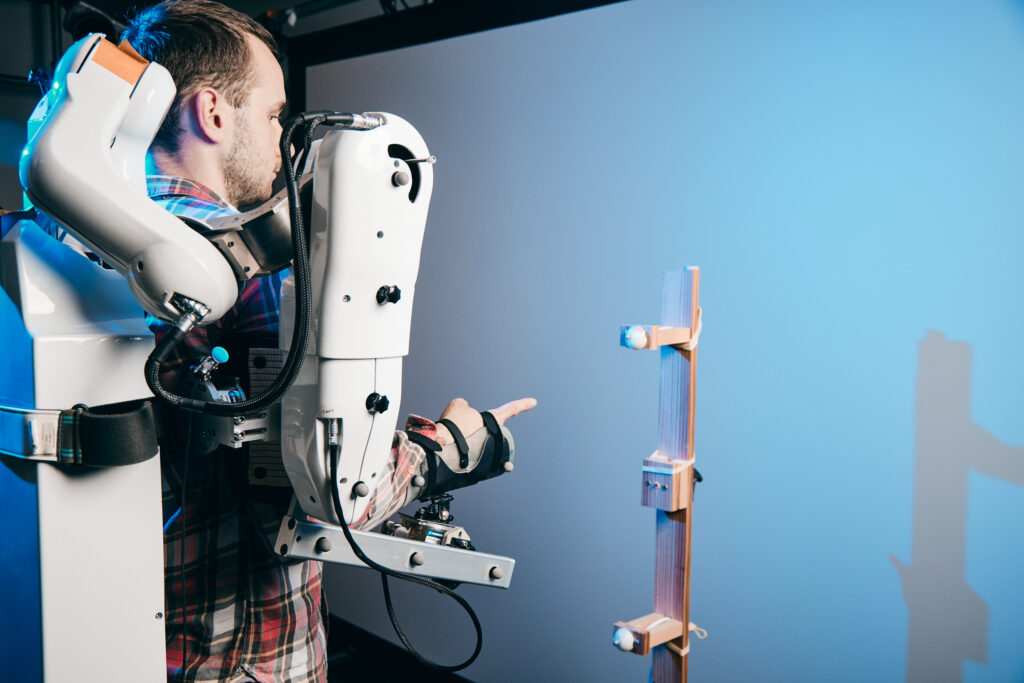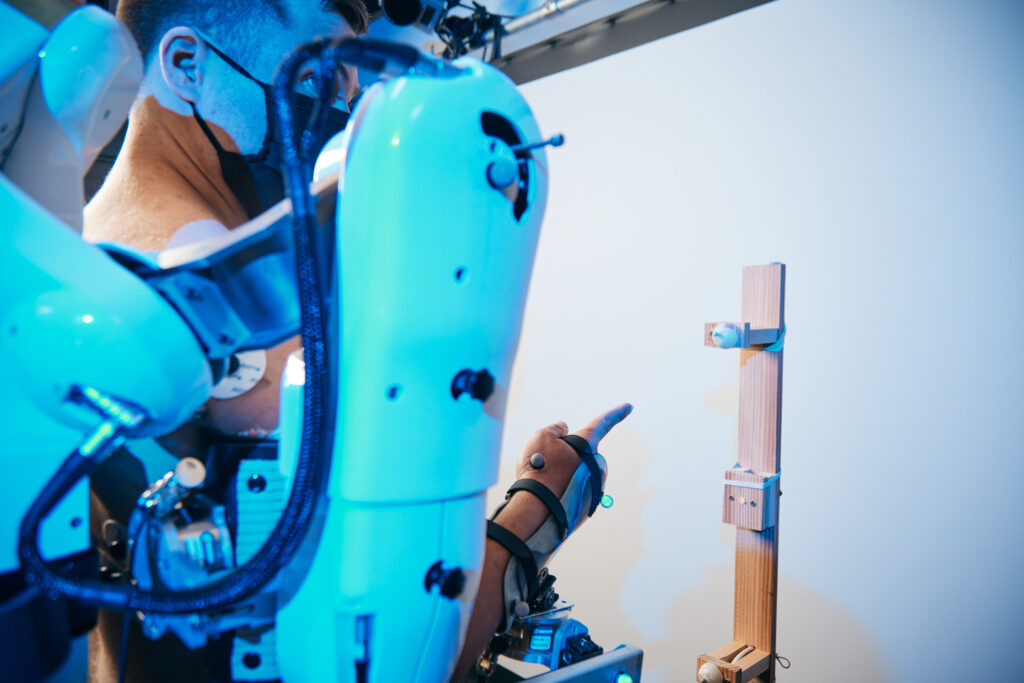The paper is entitled “A guide to inter-joint coordination characterization for discrete movements: a comparative study“, and available in open-access here:
https://jneuroengrehab.biomedcentral.com/articles/10.1186/s12984-023-01252-2
by Océane Dubois, Agnès Roby-Brami, Ross Parry, Mahdi Khoramshahi, and Nathanaël Jarrassé
Abstract
Characterizing human movement is essential for understanding movement disorders, evaluating progress in rehabilitation, or even analyzing how a person adapts to the use of assistive devices. Thanks to the improvement of motion capture technology, recording human movement has become increasingly accessible and easier to conduct. Over the last few years, multiple methods have been proposed for characterizing inter-joint coordination. Despite this, there is no real consensus regarding how these different inter-joint coordination metrics should be applied when analyzing the coordination of discrete movement from kinematic data. In this work, we consider 12 coordination metrics identified from the literature and apply them to a simulated dataset based on reaching movements using two degrees of freedom. Each metric is evaluated according to eight criteria based on current understanding of human motor control physiology, i.e, each metric is graded on how well it fulfills each of these criteria. This comparative analysis highlights that no single inter-joint coordination metric can be considered as ideal. Depending on the movement characteristics that one seeks to understand, one or several metrics among those reviewed here may be pertinent in data analysis. We propose four main factors when choosing a metric (or a group of metrics): the importance of temporal vs. spatial coordination, the need for result explainability, the size of the dataset, and the computational resources. As a result, this study shows that extracting the relevant characteristics of inter-joint coordination is a scientific challenge and requires a methodical choice. As this preliminary study is conducted on a limited dataset, a more comprehensive analysis, introducing more variability, could be complementary to these results.










